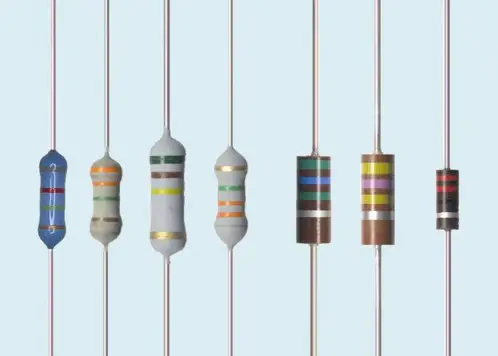What Is SSB?
SSB (Single SideBand) is more properly called a mode (not a band or frequency)
It is a very efficient method to superimpose your voice on a radio wave
It is a very efficient method to superimpose your voice on a radio wave
What Is Modulation
The method by which audio (your voice) is impressed on a radio signal .
Two types of modulation that most familiar:
AM (Amplitude Modulation)- when using toy walkie talkies.
FM (Frequency Modulation)-when using 2 meter ham band
When you are using radio in the AM/FM mode
-Your voice modulates (superimposed) on a carrier wave at a certain frequency in your transmitter and is transmitted over the air waves.
-Your voice modulates (superimposed) on a carrier wave at a certain frequency in your transmitter and is transmitted over the air waves.
-AM/FM receiver detect the audio information and transform back to an audio signal.
-This signal we can be hear at receiver representing the original voice
-This signal we can be hear at receiver representing the original voice
Any audio that you hear on an AM/FM receiver is from the two sidebands:
How AM/FM signal modified to yield much better results!
These two modulating (audio) sidebands are - (USB)upper sideband
- (LSB)lower sideband.
They contain the "information or audio" intended for the receive station
1)DSB(Double Sideband)
By using special circuits in the transmitter, the carrier wave was eliminated, leaving only two side bands.
2)SSB(Single Sideband)
By using special circuits and filters in the transmitter, one of sideband was eliminated leaving behind either USB(Upper SideBand) or LSB(Lower SideBand).
Now it became SSB(Single SideBand).
Now it became SSB(Single SideBand).
3)What Happen When Enter the SSB receiver.
If you listen to an SSB signal on an AM/FM receiver, the voices are altered and sound very muffled, garbled and distorted. Some people even say it is like "Donald Duck" sounding when tuned improperly in the sideband mode.
Since the receiver still needs the original carrier to “demodulate” or decode the signal, you must have a special SSB receiver to re-insert a very low level carrier wave back.The audio that was transmitted is restored in the receiver with almost identical reproduction of the original voice. Tuning the SSB receiver is very important to make the voices sound natural.
MUST REMEMBER:
1) Your receiver MUST be in the same "mode" as the transmitted signal or the whole process does not work!
2) If the transmitter of the other station is in the USB mode, your receiver MUST be in the USB mode and vice versa.








.jpg)







.jpg)
.jpg)

















.jpg)
.jpg)
.jpg)
.jpg)
.jpg)

.jpg)











